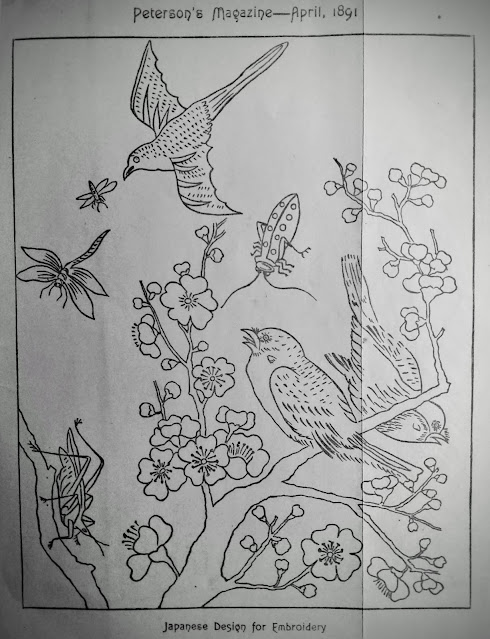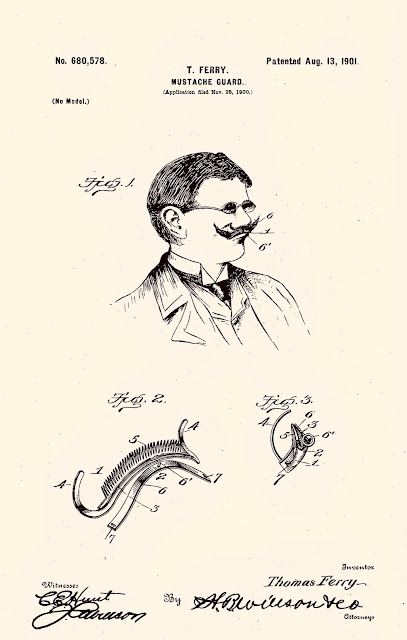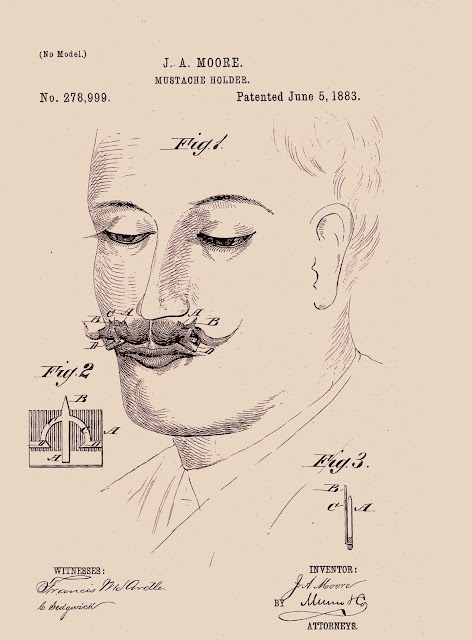An intelligent correspondence of The Independent, giving an account of his observations in Hungary, speaks of the uniformly strong and athletic appearance of the inhabitants. He goes on to speak of their habits of eating as follows I took considerable pains in Hungary to notice the diet and habits of eating as follows:
I took considerable pains in Hungary to notice the diet and habits of eating of the people, as connected with the remarkable vigour of the race, hoping some useful hints might be derived for America on the subject. This seemed more desirable, as there is no country of Europe so resembling our own or at least the Middle States of our own, in climate. The same extremes of heat and cold; the same sudden, violent changes of temperature; the same clear, stimulating atmosphere, which mark the American climate, and distinguish it from usual European.
In respect to the habits of the people, the great peculiarity seemed to be there temperance in eating and drinking, and at the same time they're making of the meals a pleasant social occasion, and not nearly means so filling up the stomachs. When I say they are “temperate,”I mean they indulge in no excess; as, in respect to wine-drinking, there is scarcely a man in the land who does not drink the light wine as his dinner and supper. But the Hungarian the meal-time is a time for social intercourse, when friends meet; or when children and relatives or gather with the parents, and have almost that only merry, familiar conversation during the day.
What especial theory of diet, to draw from all this, I am at a loss to determine. Still, the facts may be useful to some who are investigating the matter. The principle things, worthy of imitation, seem to be moderation and sociability of the meals, and the distance time at which they are separated — the last being, no doubt, very conducive to health. The principal cause of their vigorous health, and well-formed bodies, must be found without doubt, in their open-air pursuits and manly exercises, to which they are ardently attached. They are a nation of herdsman of farmers, and are enjoying the benefits of their pursuits.







































